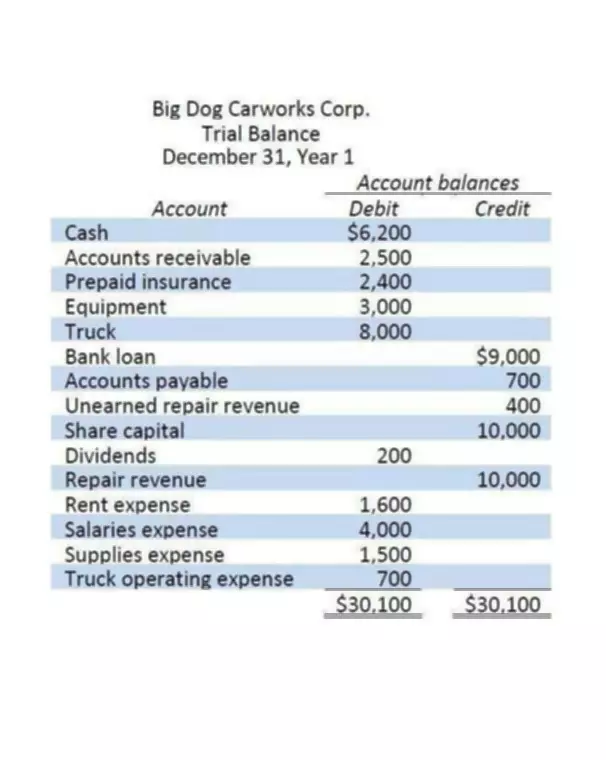Content

At this point, it would be beneficial for the IRS to address this issue again in light of statutory changes and court decisions. At a minimum, the IRS should issue guidance establishing a bright-line test on what constitutes “valued and treasured” and what a taxpayer needs to do to establish wear and tear or obsolescence with respect to office art. The increased level of examination activity occurring over the past depreciable property several years will undoubtedly create more litigation in this area, as agents are apt to pursue the low-hanging fruit. The disallowance of the depreciation deduction, coupled with an erroneous accounting method adjustment, can yield significant dollars. Add to that the potential tax adjustment—and related penalties and interest—and the dollars at stake for even modestly decorated offices can be a significant burden.
What are the 3 elements that are necessary to calculate depreciation?
To start, a company must know an asset's cost, useful life, and salvage value. Then, it can calculate depreciation using a method suited to its accounting needs, asset type, asset lifespan, or the number of units produced.
The double-declining balance depreciation method is an accelerated method that multiplies an asset’s value by a depreciation rate. Decreases in value that occur outside of the fiscal year the depreciable entity was created does not change the capitalization indicator from capitalized to inventoried. Therefore, if a capitalized depreciable entity was created in a prior fiscal year, it is capitalized over its remaining life regardless if subsequent decreases in value cause the asset’s value to fall below capitalization thresholds. For purposes of this section, the basis of section 1245 property distributed by a partnership to a partner shall be deemed to be determined by reference to the adjusted basis of such property to the partnership. All features, services, support, prices, offers, terms and conditions are subject to change without notice.
Be aware of the need for basis adjustments
In some cases the buyer also can claim expense method depreciation . With this option, the IRS allows up to a maximum amount of the eligible cost of an asset to be deducted in the year of purchase. The remaining basis of the asset then is depreciated by one of the other applicable methods. One expense method deduction is allowed for each tax return each year. However, this option is not available for acquisitions from closely-related parties, which can affect many family transactions.

The depreciable basis is equal to the asset’s purchase price, minus any discounts, and plus any sales taxes, delivery charges, and installation fees. Land isn’t depreciable, although buildings erected on it or improvements made to it might be. Any property you use exclusively for personal reasons is not depreciable. Inventory isn’t depreciable because you hold it with the intention of selling it to customers. You can’t depreciate property that’s placed in service and retired or sold within the same year. You may be able to qualify for the deduction if the property in question is tangible personal property, other tangible property, agricultural property, a research or storage facility, qualified real property, or some computer software. Your depreciation deduction isn’t simply a matter of what you paid for that asset divided by its class life.
What Can Be Depreciated in Business? Depreciation Decoded
Raymond Anthony buys a property for use in his auto repair business for $100,000. On the lot is a building that was formerly used as a gas station. Considering the size and location of the property, and the size and repair of the building, a fair allocation of the price paid for the property might be $70,000 for the building and $30,000 for the land. What if, for a single purchase price, you purchase an asset that is only partly depreciable?
Ron Johnson fought for a tax cut as his family was amassing luxury real estate around the country – Milwaukee Journal Sentinel
Ron Johnson fought for a tax cut as his family was amassing luxury real estate around the country.
Posted: Fri, 04 Nov 2022 07:00:00 GMT [source]
For example, a purchase classified as a vehicle might be depreciated over five years, while a purchase classified as furniture might instead be depreciated over seven years. Buildings have much longer depreciation periods, typically in the range of 20 to 30 years. Land is not depreciated at all, since it is considered to have an infinite lifespan. The seller may be taxed for a gain on the sale of machinery or breeding livestock. This occurs when the selling price is more than the original tax basis of the asset plus the cost of any improvements made. The difference between the two figures is a long-term capital gain . Capital gains are subject to federal income taxes at varying rates, usually lower than ordinary income tax rates, but they are not taxed as self-employment income.
Determining basis is first step in depreciation computation
Once you’ve claimed some depreciation on a piece of business property, the depreciation is deducted from the cost to arrive at the adjusted basis. It’s important that you keep capital asset records that include the amount of accumulated depreciation you’ve claimed for each asset over the years, so https://www.bookstime.com/ you can easily compute the adjusted basis when the need arises. These records should be retained as long as you own the asset. There are several ways to depreciate an asset. Using the straight line depreciation method, the business charges the same depreciation expense every accounting period.
- Gains and losses on disposition or impairment of depreciable property or other capital assets.
- MACRS percentage tables with the appropriate depreciation percentages for the quarter of acquisition are available for computing the depreciation deduction.
- Breeding livestock must be held at least 12 months or more and have been used or intended to be used for breeding or dairy purposes to qualify for capital gains treatment.
- If you get a larger refund or smaller tax due from another tax preparer, we’ll refund the applicable TurboTax Live Full Service federal and/or state purchase price paid.